Mayapples
05-01-2017
Writer(s): Dan Shepardson
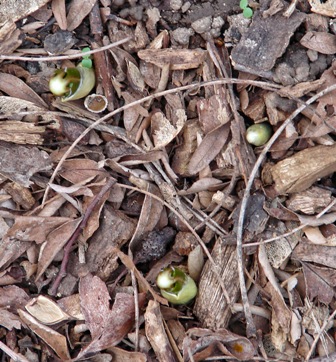
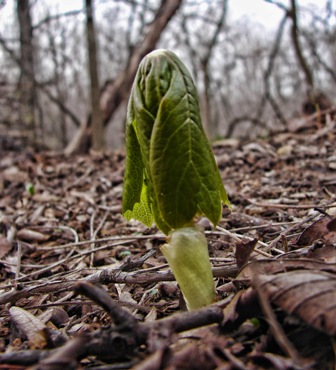
Many natural phenomena are associated with the month of May. The emerald is the birthstone for May, symbolic of love and success, and the Lily of the Valley is the birth flower for May. There is the mayflower that blooms in May from Florida to Kentucky and there is my favorite the mayapple that also blooms in May, and is the focus of this month’s blog.
I find the mayapple (Podophyllum peltatum) to be an interesting and unique plant, which is why it is one of my favorite spring wildflowers to photograph. It grows in rich woodlands throughout the eastern United States and is fairly common throughout the Midwest. In fact, they grow quiet well in my small wooded backyard. This has allowed me to photograph their life cycle over the years. Mayapples prefer damp shady clearings. I am always amazed that the barren forest floor becomes covered by mayapples come spring and that by late summer the ground is again barren; their life cycle complete, they disappear into the ground to re-emerge next spring.
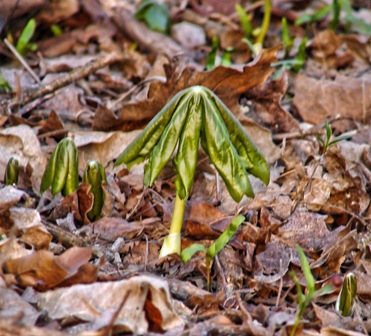
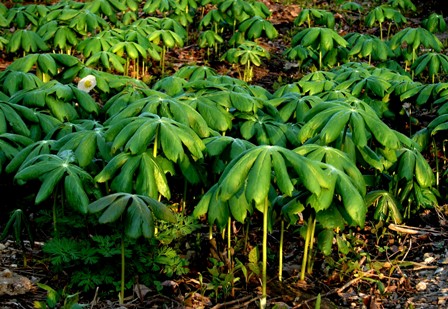
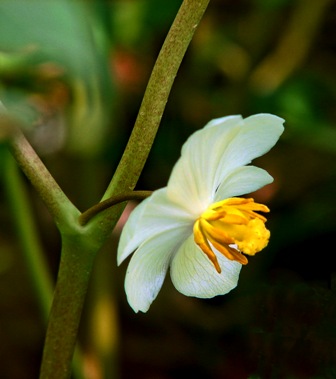
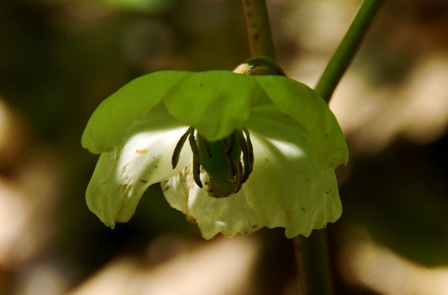
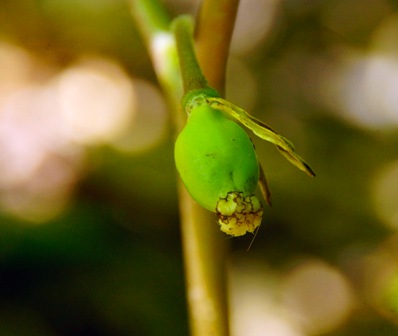
The mayapple is a herbaceous perennial plant. It grows in colonies-- often from a single root or rhizome that gives rise to a stem. The stem supports deeply, palmately lobed leaves; I call these umbrellas. The leaves are often infected with rust that appears as an orange dust on the underside of the leaves. I find it interesting that single leaf plants do not produce a flower or fruit. Only stems that grow two leaves produce a short-lived, solitary nodding flower. The white flower (petals), with yellow anthers and white filaments (the stamen), grows from the axil between the two leaves, eventually produces a greenish colored fruit or “apple,” which ripens in summer. Bees are the chief pollinator.
The flowers have a pleasing fragrance, but don’t eat the plant or the green fruit for they are poisonous. Even the ripened fruit eaten in large amounts is poisonous. The mayapple produces podophyllotoxin, which makes it toxic, but it has been used for medicinal purposes over the years.
About my photographs: The seven images illustrate the life cycle of the mayapple from spring emergence to ripened fruit